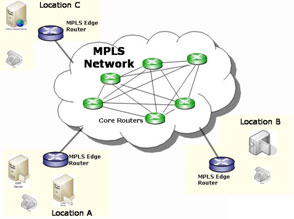We are fortunate today that technology has made almost everything easily available. At the click of our fingers we can find information we need or make products function. Life is definitely so much more convenient with the advances that technology has brought into our lives.
Social media is one product of technological breakthroughs that we are all enjoying today. There seems no limit anymore to space and distance. It has bridged the gap wherever in the world our friends and relatives are. However, we must also exercise responsibility and discipline when using these products of technology as social media is engaging to a point of forgetting everyone and everything around us in the house and place of work. It takes away all our attention from reality and our focus is only in front of the computer screen.
Fortunately, other products of technology can help keep us safe even when we sometimes become too obsessed with the World Wide Web. The availability of security camera systems is one of the greatest advantages that technology has introduced to our lives. Security cameras whether used in the homes or offices are so beneficial for the security and convenience it offers.
In homes, security cameras allow us to see who's ringing our doorbells before we open our doors to them. It also gives us peaceful sleep at night as part of alarm systems that record movements within its radius. It can even be helpful for monitoring babies who are staying in another room away from parents. Other types of camera systems aside from detecting motion and recording it, have the capability to send the recorded images to an email or mobile phone that you have programmed in the system.
Social media is one product of technological breakthroughs that we are all enjoying today. There seems no limit anymore to space and distance. It has bridged the gap wherever in the world our friends and relatives are. However, we must also exercise responsibility and discipline when using these products of technology as social media is engaging to a point of forgetting everyone and everything around us in the house and place of work. It takes away all our attention from reality and our focus is only in front of the computer screen.
Fortunately, other products of technology can help keep us safe even when we sometimes become too obsessed with the World Wide Web. The availability of security camera systems is one of the greatest advantages that technology has introduced to our lives. Security cameras whether used in the homes or offices are so beneficial for the security and convenience it offers.
In homes, security cameras allow us to see who's ringing our doorbells before we open our doors to them. It also gives us peaceful sleep at night as part of alarm systems that record movements within its radius. It can even be helpful for monitoring babies who are staying in another room away from parents. Other types of camera systems aside from detecting motion and recording it, have the capability to send the recorded images to an email or mobile phone that you have programmed in the system.


